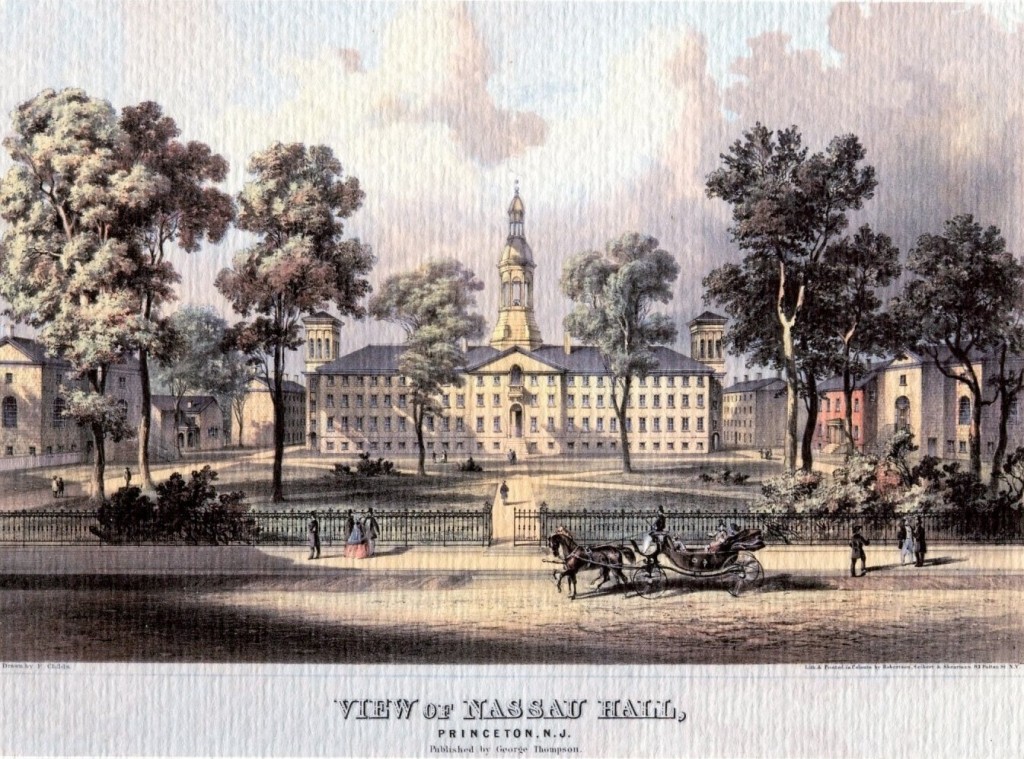-
This Week in Princeton History for April 22-28

In this week’s installment in our recurring series, a student breaks a racial barrier, Dartmouth’s graduating class picks Princeton as their favorite, and more.
-
This Week in Princeton History for April 15-21

In this week’s installment in our recurring series, some students withdraw from housing assignments in protest, the new library design is under discussion, and more.
-
This Week in Princeton History for April 8-14

In this week’s installment in our recurring series, a professor is granted tenure by surprise, a new campus building’s construction will run to $250,000, and more.
-
This Week in Princeton History for April 1-7

In this week’s installment in our recurring series, Witherspoon Hall draws praise, a local egging is blamed on the influence of students, and more.
-
This Week in Princeton History for March 25-31

In this week’s installment in our recurring series, a student defends himself and a campus organization against accusations of fabricating discrimination, an administrator vows that Princeton will comply with Prohibition, and more.
-
This Week in Princeton History for March 18-24

In this week’s installment in our recurring series, alumni are unsettled by a change in admissions requirements, the University president warns of dangers to democracy, and more.
-
This Week in Princeton History for March 11-17

By April C. Armstrong *14 In this week’s installment in our recurring series, students are arrested for voting, a newsmagazine reports that the Class of 1949 still has most of its hair 10 years after graduation, and more. March 12, 1889—A member of the Class of 1891 writes to his mother: I subscribed for a…
-
This Week in Princeton History for March 4-10

In this week’s installment in our recurring series, a student is disciplined for attempting to woo a woman dishonestly, the proposed new chapel design is controversial, and more.
-
My Travels with Darley

Last July I spent an hour with Darley Newman, a PBS travel documentarian who has one of the most enviable jobs in the world. She was in Princeton filming “New Jersey: Revolutionary Road Trip” for her Travels with Darley series, and her producer had reached out to me earlier to ask if I would be…
Princeton University Library
University Archives

